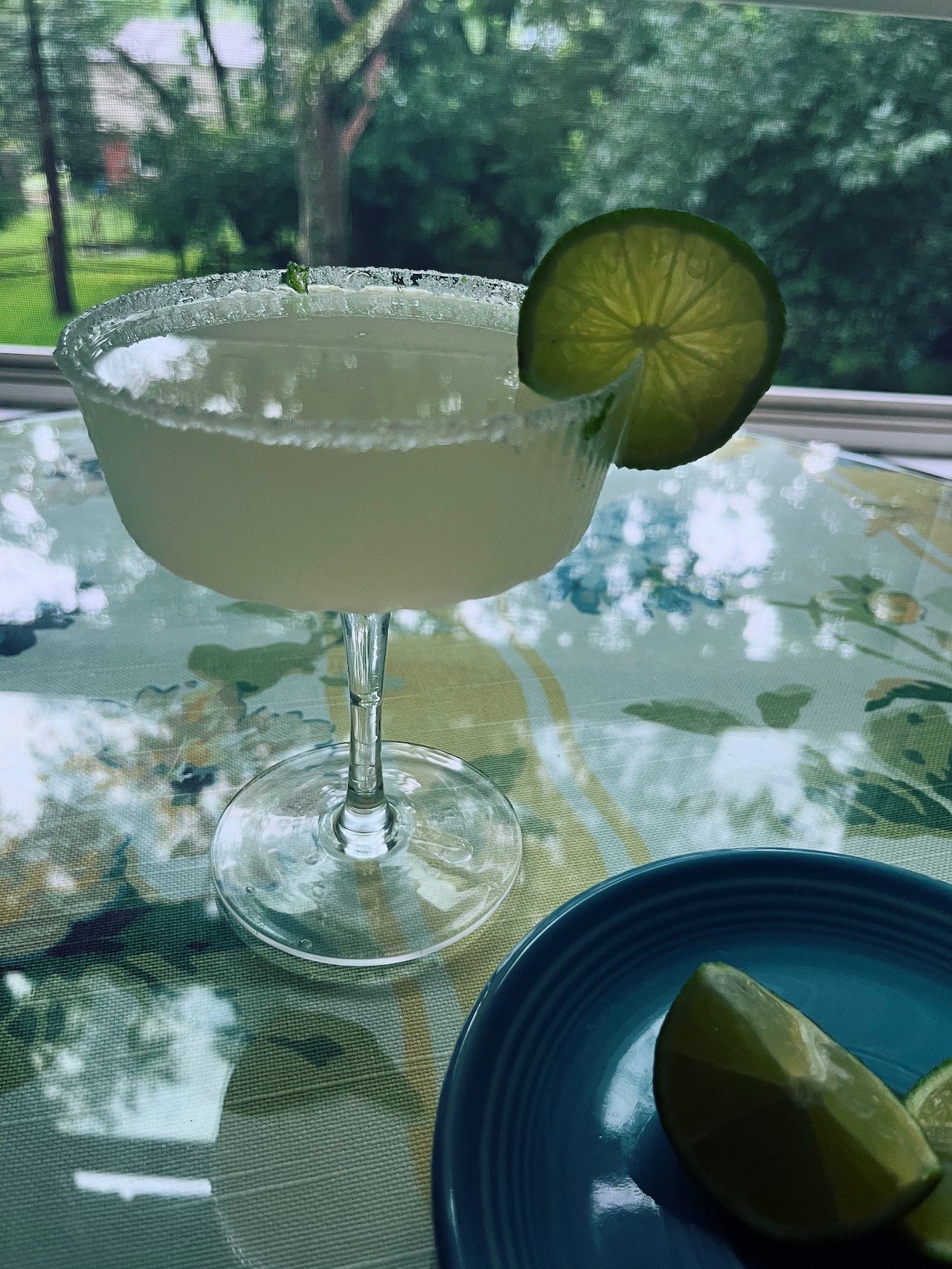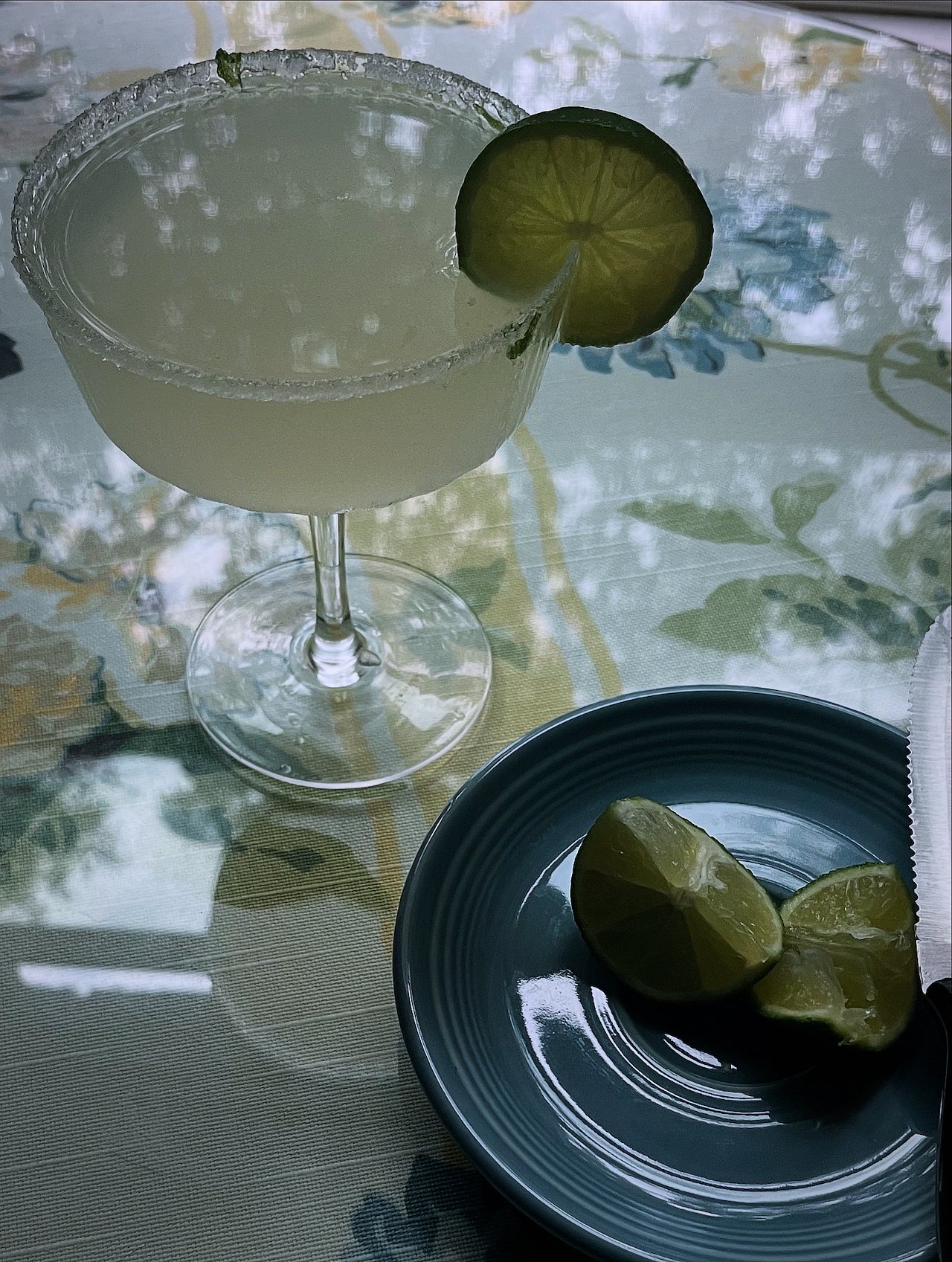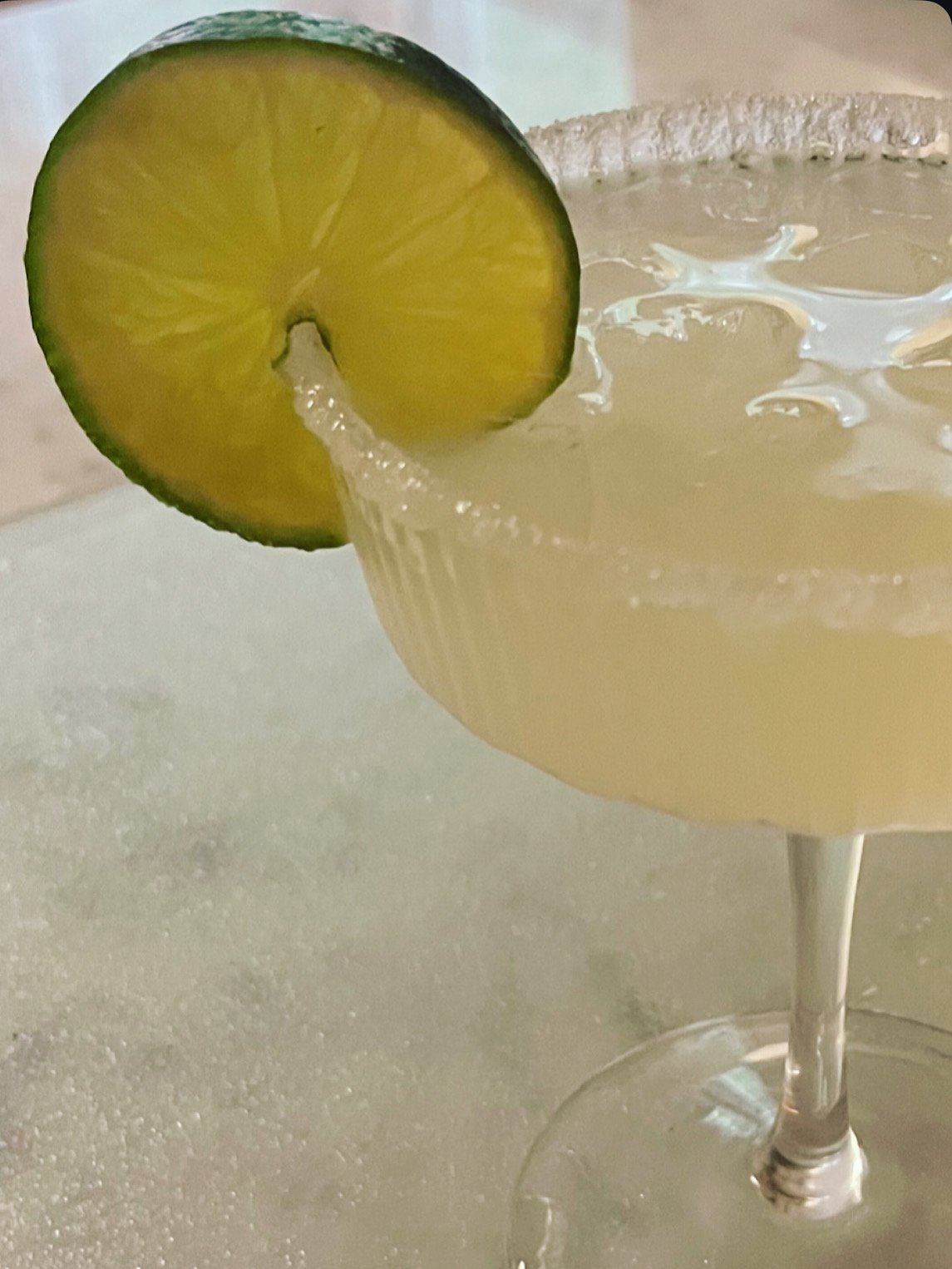


Origin and Development of The Daisy—also Known as a Margarita
The Daisy cocktail is a classic drink with a rich history in American cocktail culture. It emerged in the late 19th century and has evolved significantly over time.
The Daisy first appeared in bartending manuals in the 1870s and 1880s. It was originally made with a base spirit (often brandy, whiskey, gin or vodka), lemon or lime juice, a sweetener (typically grenadine or raspberry syrup) and soda water. This formula established the Daisy as part of the “sour” family of cocktails, but with the addition of soda water to lighten the drink.
Jerry Thomas, often called the “father of American mixology,” included a Daisy recipe in his pioneering 1876 bartending guide. His version used gum syrup and orange cordial along with the base spirit and lemon juice.
The Daisy gained significant popularity during the late 19th and early 20th centuries. During Prohibition (1920-1933), many Americans traveled to Mexico where they encountered tequila. This led to the creation of the Tequila Daisy, which many cocktail historians believe evolved into what we now know as the Margarita (Spanish for “daisy”).
After Prohibition, the Daisy continued to evolve with different variations appearing across America and internationally. Today, the classic Daisy template continues to inspire modern mixologists, who create contemporary versions with various spirits, fresh juices, and artisanal ingredients.
The Daisy represents an important link in cocktail evolution, connecting 19th-century drinking traditions with modern cocktail culture, and demonstrating how drinks migrate and transform across different cultures and time periods.